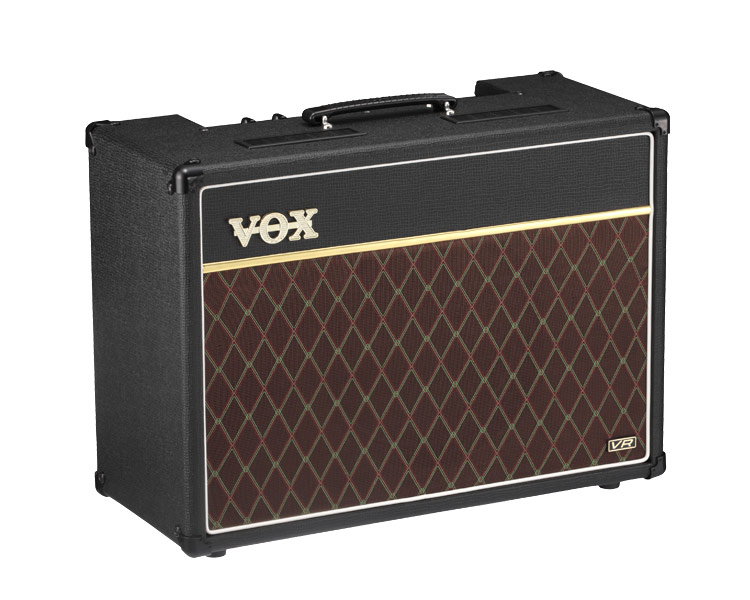
There’s also no denying that volume limits at live venues have become much stricter, and smaller, lighter amplifiers are becoming increasingly popular.īut convenience and practicality aside, there’s still something hugely inspiring and emotive about old-school tube amps. This is a question that’s been debated since the dawn of the transistor, but digital modelling technology has made major dents in the tube amp market in recent years. Tube vs solid-state: what should you choose? But the list that follows includes amps that span a wide variety of prices to help you find the ultimate valve companion for your budget – whether you want something pedalboard-friendly, easily overdriven, loud enough to drown out an obnoxious drummer or versatile enough for a small session.
READ MORE: The best pedalboard amps to buy this year. And even the most popular digital amplifiers expend the majority of their processing power attempting to recreate the chest-thumping tones of old. Tracking down a photo in my photo library can also be tricky.Although technology has progressed quite a bit since the golden age of rock ’n’ roll, for many guitarists, vintage-style tube amplifiers still represent the high-water mark for guitar tone. Even if I know what pedals I used on an Amy’ gig, I still might not remember the exact settings on my Vick Audio ’73 Rams Head. During this hiatus, I’m likely to change pedals and do different gigs. I tour with Amy a lot, but sometimes we have a few weeks off. 4 is a page from my journal for Amy Helm. If you haven’t been gigging regularly with a particular artist or band, don’t expect you’ll remember preset six for the fourth song in the set in eight months ago.įig. I will also include notes on what presets I used for which song. I can either scratch my head for an hour or take one minute and look at my notes. Each of these gigs has very specific tone collection and I don’t use the same gear for every gig. I play with a lot of artists and do a wide variety of sessions. I don’t know about you, but I can’t remember what I used two gigs ago, let alone four or five. We’re always trying new pedals and messing with settings, but sometimes we need to turn back the clock. Taking pictures of pedalboards, amp settings, and guitars can really help you get back up to speed on a gig you haven’t played in a bit. On the subject of sounds, I also journal about guitar rigs for the various gigs I do. I can write notes in different colors and highlight them. I can create a transcription and cut and paste it in my journal. It allows me to have a collection of journals, just as I would with a notebook. It includes templates for sheet music, tabs, and ruled paper. There is a wonderful app for the iPad called GoodNotes. 
To reduce what I needed to carry around, I moved to an iPad. I’d sit in my hotel room and research music and make a mess.

I needed to have a book bag with several notebooks, scissors, tape, and blank music paper.

Each entry wasn’t a brief moment, but rather a process to be experienced.Īnd although I liked it, it was a little difficult to do consistently on tour. I’d think about the music more before moving onto something else. It forced me to take time to write it, cut it out, and tape it.

I’d notate a musical idea on the sheet music, cut it out, tape it into the notebook, and then write my notes around it. I had blank sheets of music paper and a wire-bound notebook. I used to pursue journaling like an arts-and-crafts project. For instance, you can use a traditional notebook. There are several ways you can approach journaling.








 0 kommentar(er)
0 kommentar(er)
